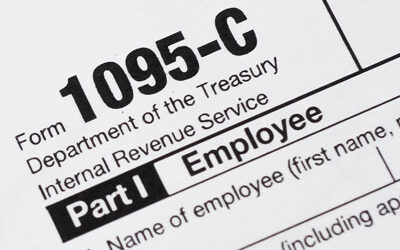In today’s hyper-connected world, cybersecurity is not just an IT problem. It is a business problem. If you are preparing for an audit, whether internal or external, it is also an auditor’s concern.
Strong internal controls related to cybersecurity are essential not only for protecting your data but also for demonstrating that your organization is compliant, responsible, and resilient.
Let’s break it down.
What Are Internal Controls in Cybersecurity?
Think of internal controls as the rules, tools, and habits your organization uses to protect data and keep operations running smoothly. When we zoom in on cybersecurity, we are talking about things like:
- Access controls – determining who can see or do what,
- Data protection – encryption, secure backups, etc.
- System monitoring – tracking activity, setting up alerts,
- Incident response – preparing a plan for when things go wrong,
- User training – people are a huge part of your security plan.
Common Concerns from Audit Clients
1.“Are we doing enough?”
Start with the basics, such as, strong passwords, multi-factor authentication, and regular software updates. If you are not sure how you stack up, investigate a standard framework like NIST or ISO. It helps to have a reference point.
2. “We are a small organization. Do we need all this?”
Yes! Hackers do not discriminate. In fact, small and mid-sized organizations are often being targeted more because hackers assume defenses are weaker. A few smart controls can make a big difference.
3. “We have IT covered. Why does this involve finance and operations?”
Cybersecurity is a cross-functional issue. From how HR stores personnel data to how finance processes wire transfers, every department plays a role in protecting the organization.
4. “We use a third-party IT provider. We are covered.”
Having a third-party IT provider does not take the responsibility off your shoulders. You still need to know how they are protecting your data, and make sure it is written into your contracts.
Top Tips & Tricks to Strengthen Cyber-Related Internal Controls
Listed are some simple but effective ways to enhance your internal controls.
- Implement Multi-Factor Authentication (MFA)
It is low-hanging fruit but very effective. MFA drastically reduces the risk of unauthorized access, even if passwords are compromised.
- Segment Your Network
Do not put everything in one basket. Segmentation limits exposure if one part of your network is breached.
- Regularly Update Software and Systems
Outdated software is a hacker’s playground. Create a schedule and stick to it. Make patching part of your regular internal control review.
- Limit User Access
Only give employees the access they need to do their job. Review permissions regularly to remove unnecessary rights.
- Run Tabletop Exercises
Simulate a cyberattack with key personnel to test your incident response plan. It helps identify weaknesses before a real crisis occurs.
- Train Your Team
Phishing emails and social engineering are still the easiest ways for attackers to gain access. Regular training makes employees your first line of defense.
Preparing for a Cybersecurity Audit
Listed are a few things to gather ahead of a cyber-focused audit:
- Documentation of your cybersecurity policies and procedures,
- User access logs and change management records,
- Evidence of training and awareness programs,
- Reports from recent vulnerability scans or penetration tests, and
- Incident response plans and logs of past events.
It is a Team Effort
Cybersecurity is not a box you check once a year. It is a culture. Internal controls should evolve with your organization and with the threat landscape. Taking these steps not only helps you pass an audit, but it also makes your organization safer, smarter, and more resilient.
Whether you are a CFO, an IT lead, or a small business owner, take some time to review your internal controls with cybersecurity in mind. The audit team and your peace of mind will thank you.




